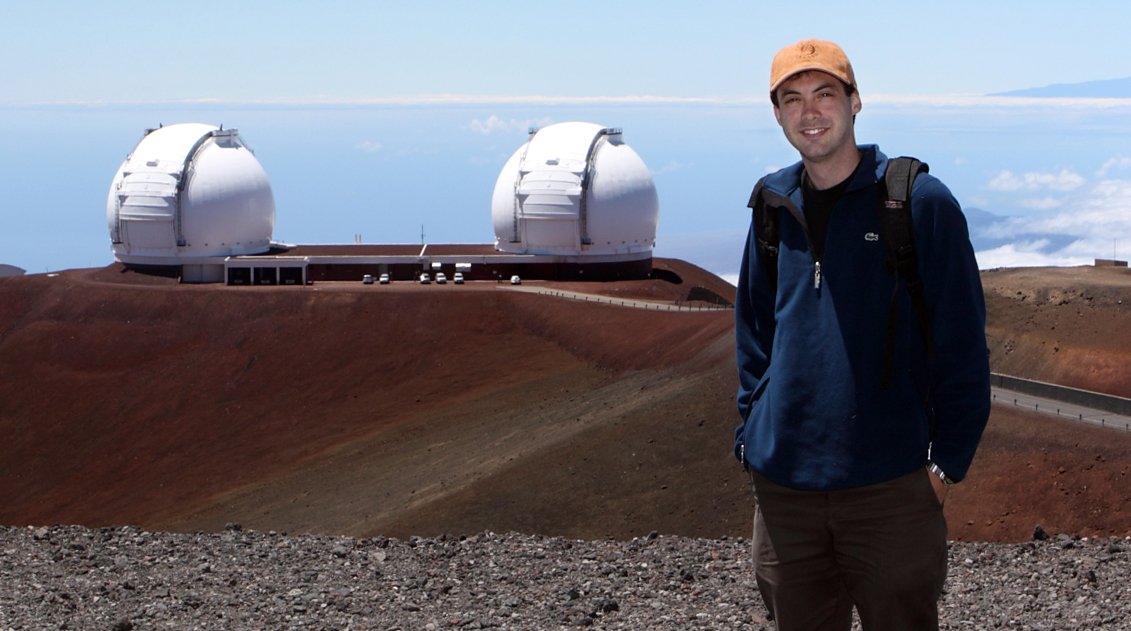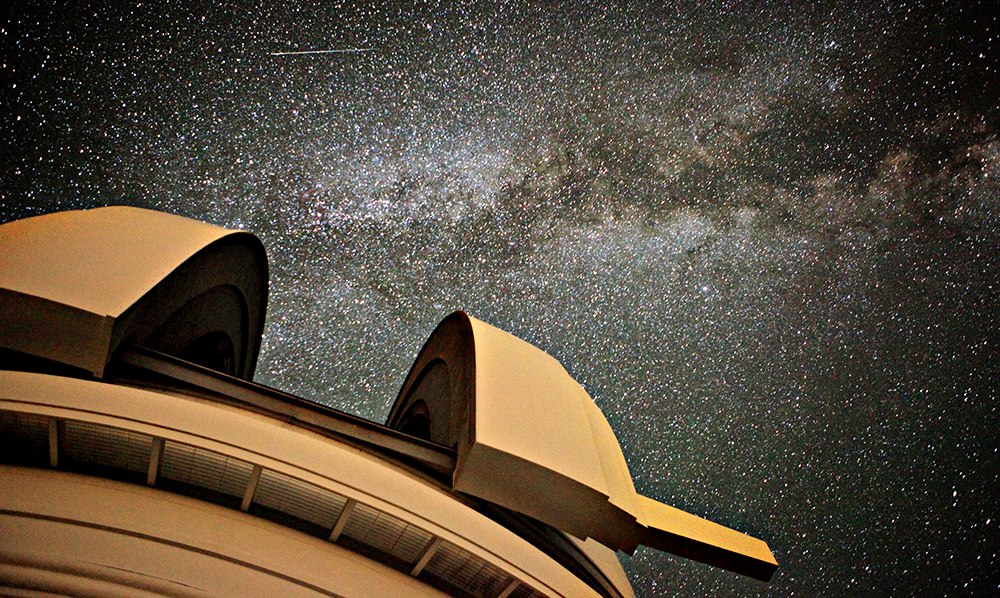Iair Arcavi
/ya'eer/
/ya'eer/
Associate Professor
p. 1: observational astronomer at Tel Aviv University; studying core collapse supernovae, tidal disruption events, kilonovae, and other transients. 2: director of The Wise Observatory. 3: amateur photographer. 4: chocolate addict.

About Me
I did my undergraduate studies in math and physics at Tel Aviv University between 2004 and 2007, and received my PhD in astrophysics from the Weizmann Institute of Science in 2013. From 2013 to 2016 I was a post-doc at Las Cumbres Observatory and the Kavli Institue for Theoretical Physics at UC Santa Barbara, and from 2016 to 2018 I was an Einstein Fellow at the Physics Dept. of UC Santa Barbara. I am now a faculty member at Tel Aviv University.
See my CV for more information.
Contact me at arcavi@tauex.tau.ac.il
See my CV for more information.
Contact me at arcavi@tauex.tau.ac.il
NOW HIRING undergraduate students for research projects and graduate students for MSc and PhD theses (see poster).
International PhD Candidates: Please note our PhD program requirements and prerequisits. Specifically, the MSc thesis should include original work.
Research
Supernovae
Which massive stars explode as the different types of core collapse supernovae we observe? We're gaining indirect constraints on this question by looking at large samples of light curves (Arcavi et al. 2012), by studying at the statistical host-galaxy properties of the different supernova types (Arcavi et al. 2010, Arcavi 2012), by finding supernovae soon after explosion and getting very rapid followup observations of them (Arcavi et al. 2011, Arcavi et al. 2017a), and by finding new and peculiar types of supernovae (Arcavi et al. 2017b).
For a review of some of these topics see my chapter on hydrogen rich supernovae in the Supernova Handbook.
Tidal Disruption Events
We've recently identified a new class of transients that occur only in galaxy centers, and are therefore very likely to be the tidal disruptions of stars by supermassive black holes (Arcavi et al. 2014). Surprisingly, the emission from these transients peaks in the UV rather than the X-rays (as expected if the emission were coming directly from an accretion disk), they show broad He II emission (and only sometimes H), and they have a surprisingly strong preference to occur in post-starburst galaxies.
Gravitational-Wave Follow-Up
I am the principal investigator of the gravitational-wave follow-up program at Las Cumbres Observatory (Arcavi et al. 2017c). We were one of six groups to independently image the first kilonova following a gravitational-wave signal, and we obtained the earliest and highest-cadence optical observations of it (Arcavi et al. 2017d, Arcavi 2018).
Here's a list of all my publications.
Which massive stars explode as the different types of core collapse supernovae we observe? We're gaining indirect constraints on this question by looking at large samples of light curves (Arcavi et al. 2012), by studying at the statistical host-galaxy properties of the different supernova types (Arcavi et al. 2010, Arcavi 2012), by finding supernovae soon after explosion and getting very rapid followup observations of them (Arcavi et al. 2011, Arcavi et al. 2017a), and by finding new and peculiar types of supernovae (Arcavi et al. 2017b).
For a review of some of these topics see my chapter on hydrogen rich supernovae in the Supernova Handbook.
Tidal Disruption Events
We've recently identified a new class of transients that occur only in galaxy centers, and are therefore very likely to be the tidal disruptions of stars by supermassive black holes (Arcavi et al. 2014). Surprisingly, the emission from these transients peaks in the UV rather than the X-rays (as expected if the emission were coming directly from an accretion disk), they show broad He II emission (and only sometimes H), and they have a surprisingly strong preference to occur in post-starburst galaxies.
Gravitational-Wave Follow-Up
I am the principal investigator of the gravitational-wave follow-up program at Las Cumbres Observatory (Arcavi et al. 2017c). We were one of six groups to independently image the first kilonova following a gravitational-wave signal, and we obtained the earliest and highest-cadence optical observations of it (Arcavi et al. 2017d, Arcavi 2018).
Here's a list of all my publications.

SNEx
The Supernova Exchange (SNEx) is a web-based system to coordinate supernova observations among the large Supernova Key Project and Global Supernova Project collaborations, including triggering the telescopes, monitoring targets, sharing and viewing data, and more. Systems like SNEx will become very important for coordinating and sharing followup observations of transients found with LSST. SNEx is currently only available to members of Supernove Key Project and the Global Supernova Project. If you are a member of one of these collaborations, visit SNEx to request an account.
Astronomy on Tap
Astronomy on Tap (or AoT) is an outreach activity in which informal astronomy-related presentations are given at a bar. AoT exists around the world. I founded AoT Santa Barbara and AoT Tel Aviv, both of which happen about once a month at a downtown bar. Each event consists of two short astronomy presentations and a summary of astronomy news from the previous month. Prizes are given away by raffle and to people who ask questions. All of the events I organized in Santa Barbara are available to watch on YouTube. In March of 2017 we celebrated the first year anniversary of AoT Santa Barbara and a story about us appeared on local NPR station KCLU. Photos of our AoT Tel Aviv events are available here.
